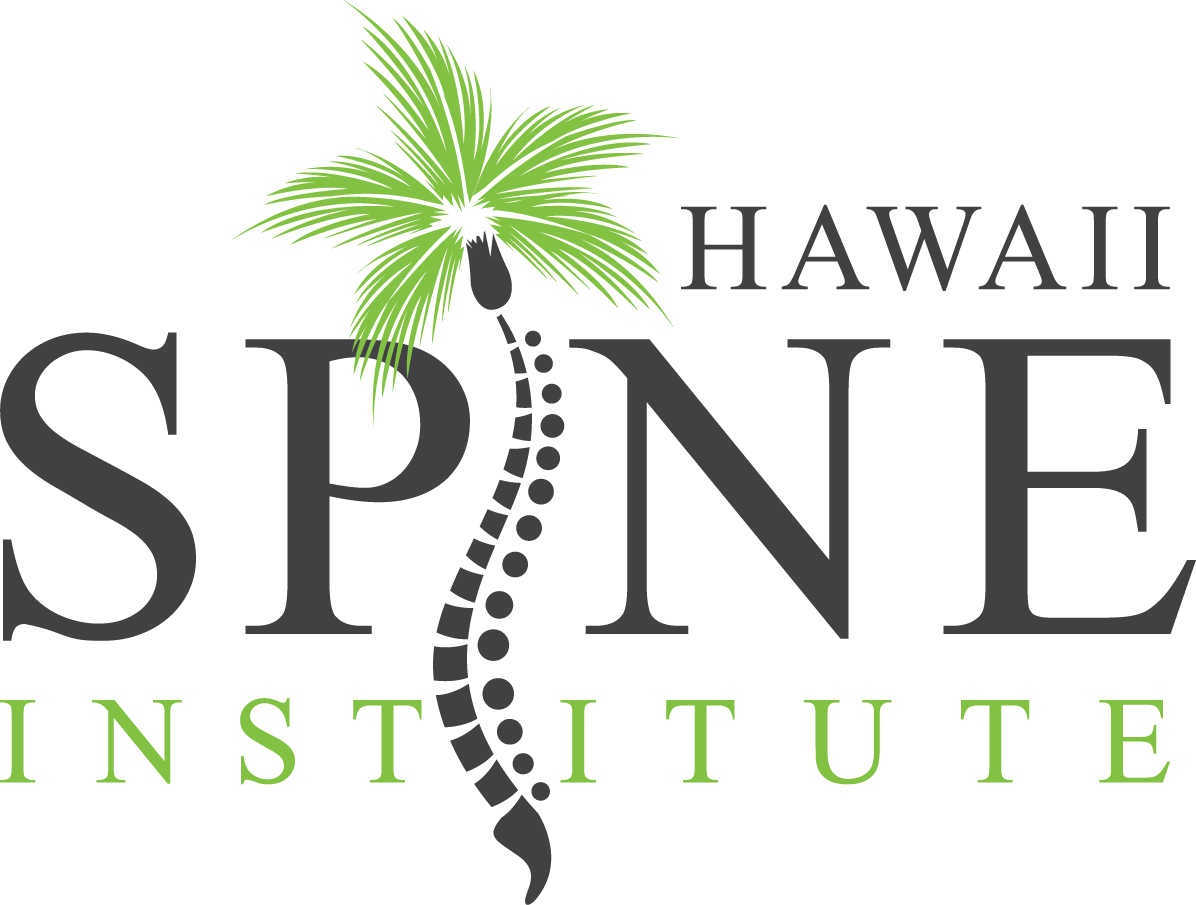Cervical Artificial Disc Replacement
Learn how a same day surgery can provide lasting relief from neck and arm pain
Why choose Dr. Jon F. Graham for disc replacement surgery?
- Experienced Board-certified neurosurgeon
- More than 250 disc replacement procedures performed since 2007
- Small neck incision
- Same day surgery
- Minimal postoperative pain
- Over 90% success rate
- Advanced Technology
- Preserves neck motion
Cervical disc replacement surgery (also known as disc arthroplasty) involves removing a diseased disc believed to be causing neck and arm pain and replacing it with an implant which preserves neck motion and allows for a faster recovery following surgery. This procedure was first approved by the FDA in 2007. Disks are spacers and act as cushions between the neck bones (vertebrae). When disks wear out, they can collapse and pinch either nerves or spinal cord directly behind or to the side of the disc. This can result in neck pain, arm pain, weakness or numbness. In the case of spinal cord compression, there can be associated weakness of both arms and legs and stiffness of the legs while walking. By performing surgery to remove the abnormal disc, the pressure on the nerves or spinal cord can be relieved and the symptoms improved. Disc replacement surgery can be used to treat either 1 or 2 disks.
CONTACT US
Find out today if you are a candidate for minimally invasive spine or brain surgery.
Contact Us
We will get back to you as soon as possible.
Please try again later.
Advantage over fusion surgery
Neck (cervical) fusion surgery involves removing the diseased disc and replacing the disc with a spacer, usually plastic or metal, filled with bone which is secured by a metal plate with screws in front of the vertebrae. This surgery has been performed by spine surgeons since the late 1950s and has proven to be a reliable treatment method. When healing occurs the vertebrae on either side of the spacer become joined together by bone growing through the spacer, known as fusion. This surgery also improves symptoms of neck pain, arm pain, or weakness like disc replacement surgery. Healing following surgery usually takes longer, often several months, though overall success is initially very good. The neck range of motion may also be decreased as more disks are involved with fusion. There is a higher risk of the disks wearing out either above or below the level of fusion compared with disc replacement (adjacent segment disease). This problem often leads to more surgery in those adjacent disks in the future. Compared with fusion, the main advantages of disc replacement include shorter recovery time, less risk of adjacent segment disease, and preserving normal neck movement. Disc replacement surgery is a major technological advance which we can offer our patients.
SITEMAP
ADDRESS
Honolulu – 1441 Kapiolani Blvd. Suite 2020 Honolulu, Hawaii 96814
Waimea – 64-5188 Kinohou St Waimea, HI 96743
SITEMAP
ADDRESS
Honolulu – 1441 Kapiolani Blvd. Suite 2020 Honolulu, Hawaii 96814
Kona – 74-5565 Luhia Street, Kailua-Kona, Hawaii 96740
Waimea – 64-5188 Kinohou St Waimea, HI 96743
Hawaii Spine Institute . All rights reserved.
Website managed by Strafford Media









